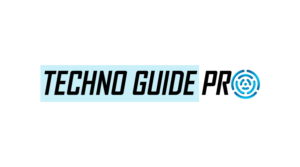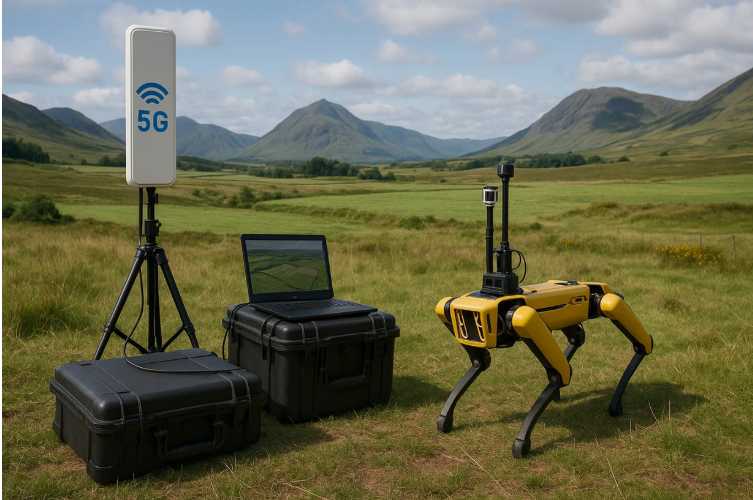The internet is a vast and ever-expanding landscape. It’s a place for connection, creativity, and endless information. However, with the immense freedom it offers comes the potential for vulnerability. Personal information, photos, and even private messages can sometimes find themselves in unintended hands. In today’s digital age, building a resilient online presence is more crucial than ever. This means taking control of the content you share and understanding how to address situations where your privacy is compromised.
Think Before You Share
The internet has a long memory. Before hitting that “post” button, take a moment to consider the content you’re sharing. Is it something you’d be comfortable with a potential employer, family member, or even a stranger seeing years down the line? Oversharing personal details like your address or phone number can make you susceptible to scams or identity theft. When it comes to photos and videos, be mindful of what you’re uploading, especially if it includes others without their consent.
Privacy Settings: Your Digital Shield
Most social media platforms and online services offer a range of privacy settings. Familiarize yourself with these controls and adjust them to your comfort level. You can restrict who can see your profile, posts, and even who can contact you directly. Limiting access to your information makes it harder for unwanted eyes to see what you don’t want them to.
Regular Reviews: Keeping Your House in Order
The internet is constantly evolving, and so should your online presence. Schedule regular reviews of your social media profiles and online accounts. Delete any outdated or irrelevant information, and adjust privacy settings as needed. Conducting periodic audits helps ensure your digital footprint accurately reflects your current persona.
The Power of Passwords: Building Strong Defenses
Passwords are the gatekeepers to your online accounts. Using strong, unique passwords for each platform is essential to prevent unauthorized access. Avoid using easily guessable information like birthdays or pet names. Consider using a password manager to generate and store complex passwords for all your accounts. Additionally, enable two-factor authentication wherever possible. This adds an extra layer of security by requiring a second verification code when logging in from a new device.
Leak Content Removal: Taking Back Control
Unfortunately, even with the best precautions, data breaches and leaks can occur. If you discover personal information or compromising content has been leaked online, there are steps you can take to regain control. The first step is to gather evidence by taking screenshots or saving copies of the leaked material. Next, report the leak to the platform where you found it. Most platforms have mechanisms for reporting inappropriate content. You can also seek help from specialized services that assist with leak content removal.
Revenge Porn Removal: Addressing a Malicious Act
Revenge porn, the non-consensual sharing of intimate photos or videos, is a serious issue with significant emotional consequences for the victim. If you find yourself targeted by revenge porn, know that resources and support are available. Report the content to the platform where it’s hosted, and consider filing a police report. Several organizations offer legal assistance and guidance specifically focused on revenge porn removal.
Conclusion
Cultivating a strong online presence requires ongoing vigilance. By following these tips and staying informed about emerging threats, you can take control of your digital footprint and build a resilient online persona. Remember, the internet is a powerful tool, and by taking charge of your content, you can harness its potential for positive experiences and connections.





